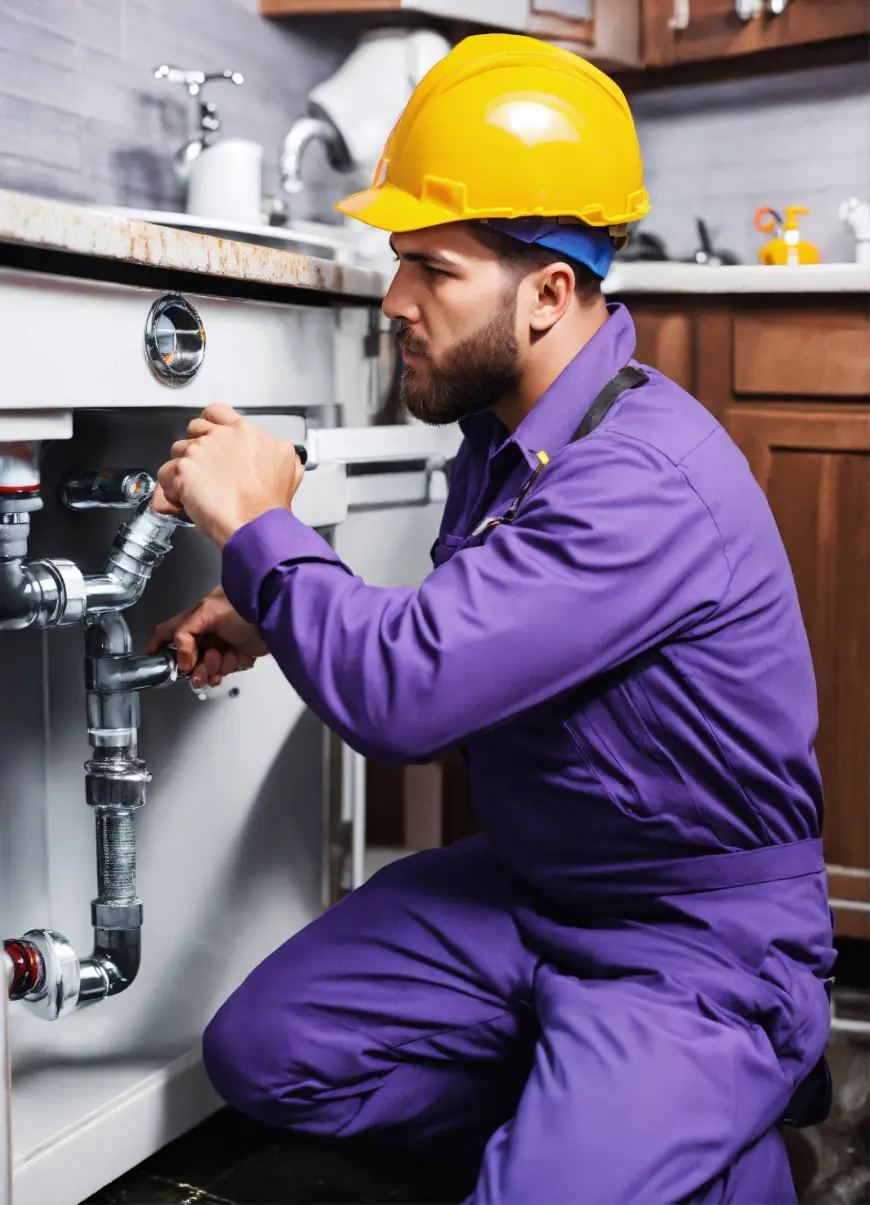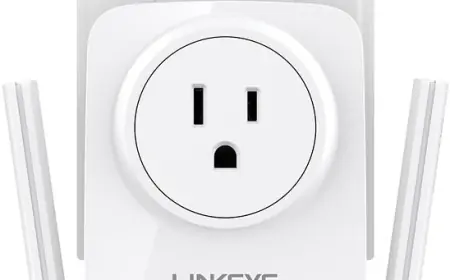Window Restrictors: A Comprehensive Guide to Safety and Security

Windows are an integral part of any building, providing ventilation, natural light, and aesthetic appeal. However, they also pose safety and security risks if not properly managed. Window restrictors have emerged as a practical solution to address these concerns. This article delves into the importance, types, benefits, and usage of window restrictors, offering a detailed understanding of their role in modern construction and design.
Understanding Window Restrictors
Window restrictors are safety devices installed on windows to limit how far they can open. These devices are crucial in preventing accidents, particularly in homes with children or elderly residents, and enhancing security by deterring unauthorized entry. Available in various designs and materials, window restrictors can be tailored to meet diverse requirements, making them a versatile choice for both residential and commercial spaces.
The Importance of Window Restrictors
The primary purpose of window restrictors is safety. In multi-story buildings, unrestricted windows can lead to severe accidents, particularly for young children. By controlling the window opening, these devices reduce the risk of falls. Moreover, in urban settings where security is a concern, window restrictors act as an additional layer of protection against break-ins.
Legal regulations in many countries also mandate the use of window restrictors in certain buildings, such as childcare facilities, hospitals, and high-rise apartments, to ensure compliance with safety standards. Their inclusion in building codes underscores their importance in creating safe and secure environments.
Types of Window Restrictors
Window restrictors come in various forms, each designed to suit specific window types and applications. Cable window restrictors are a popular choice for their flexibility and ease of installation. These devices consist of a cable attached to the window frame, restricting how far the window can open while allowing some degree of movement.
Lockable window restrictors offer an added layer of security. These devices come with a lock and key mechanism, ensuring that only authorized individuals can adjust or disengage them. Friction stay restrictors are integrated into the window’s hinge system and are commonly used in casement windows, offering a seamless and unobtrusive solution.
Sliding window restrictors are tailored for sliding window designs, limiting the movement of the panes. Fixed window restrictors, on the other hand, are permanent solutions that do not allow for adjustments, providing consistent safety.
Benefits of Window Restrictors
The benefits of window restrictors extend beyond safety and security. For families, these devices provide peace of mind, ensuring that children cannot accidentally open windows too far. In workplaces, window restrictors contribute to compliance with occupational safety regulations, reducing liability risks.
From a security perspective, window restrictors make it more challenging for burglars to gain entry. They also allow for controlled ventilation, enabling fresh air to circulate without compromising safety or security. Additionally, modern designs blend seamlessly with window frames, maintaining the aesthetic appeal of the building.
Applications of Window Restrictors
Window restrictors are versatile devices suitable for a wide range of applications. In residential settings, they are essential for homes with young children or elderly residents. Schools and nurseries also benefit from window restrictors, which create a safer environment for children.
Hospitals and care homes often use window restrictors to ensure the safety of patients and residents. Hotels and other hospitality venues install these devices to enhance guest safety and security. Office buildings, particularly those in urban areas, rely on window restrictors to prevent accidents and deter unauthorized access.
Materials Used in Window Restrictors
The effectiveness and durability of window restrictors depend on the materials used. Stainless steel is a common choice for its strength and resistance to corrosion, making it suitable for long-term use. Aluminum is another popular option, valued for its lightweight properties and resistance to rust.
Plastic restrictors are often used in budget-friendly models, though they may not offer the same level of durability as metal alternatives. Composite materials, which combine the benefits of different materials, are increasingly being used to create restrictors that balance strength, flexibility, and cost-effectiveness.
Installation of Window Restrictors
Proper installation is critical to ensuring the effectiveness of window restrictors. The process typically involves attaching the device to the window frame and sash, with careful attention to positioning for optimal performance. While many restrictors come with DIY installation kits, professional installation may be necessary for certain types or in buildings where compliance with safety regulations is required.
Testing the restrictor after installation is essential to confirm that it functions correctly. Regular maintenance, such as checking for wear and tear and tightening screws, helps prolong the lifespan of the device and ensures continued safety.
Innovations in Window Restrictor Technology
The window restrictor industry has seen significant advancements in recent years. Smart restrictors, equipped with sensors and alarms, are becoming increasingly popular. These devices provide real-time alerts if the window is tampered with or opened beyond the restricted limit.
Anti-tamper designs prevent unauthorized removal or adjustment of the restrictor, enhancing security. Childproof mechanisms, which are challenging for young children to disengage, add an extra layer of safety in family homes. These technological advancements ensure that window restrictors continue to meet the evolving needs of modern buildings.
Choosing the Right Window Restrictor
Selecting the ideal window restrictor involves several considerations. The type of window plays a significant role in determining the most suitable restrictor. For example, sliding window restrictors are specifically designed for horizontal sliding windows, while friction stay restrictors are ideal for casement windows.
The purpose of the restrictor also influences the choice. If security is a primary concern, lockable restrictors with anti-tamper features may be the best option. Aesthetic considerations are also important, as modern restrictors are designed to blend seamlessly with window frames without detracting from the overall appearance of the building.
Budget constraints should not compromise safety. High-quality restrictors may come at a higher cost, but they offer better durability and performance, making them a worthwhile investment.
The Role of Window Restrictors in Sustainable Design
Window restrictors contribute to sustainable building design by enabling controlled natural ventilation. This reduces reliance on air conditioning systems, lowering energy consumption and carbon emissions. Additionally, durable materials like stainless steel and aluminum ensure that restrictors have a long lifespan, reducing waste.
Incorporating window restrictors into green building designs aligns with global efforts to create safer, more sustainable living and working environments.
Conclusion
Window restrictors are an essential safety and security feature in modern architecture. Their ability to prevent accidents, enhance security, and comply with legal regulations makes them indispensable in a variety of settings.
What's Your Reaction?
 Like
0
Like
0
 Dislike
0
Dislike
0
 Love
0
Love
0
 Funny
0
Funny
0
 Angry
0
Angry
0
 Sad
0
Sad
0
 Wow
0
Wow
0

















































